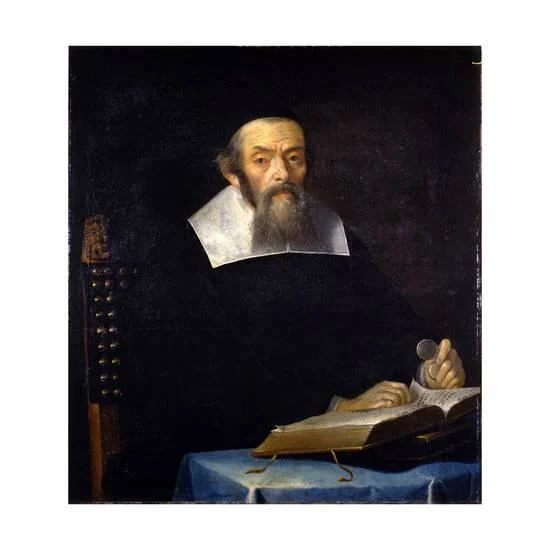Teaching Hebrew and Kabbalah in the Colonies
The world remembers Rabbi Judah Monis as the first Pilgrim rabbi and professor of Hebrew at Harvard. He was also the first Jew to receive a degree from a University in the Americas. Harvard was a Christian university and some downplay Monis’ faith in Christ, assuming his confession to be insincere and compelled by financial gain. While feeding an old anti-Semitic trope, this perspective does damage, not only to the dignity of the man, but to colonial history. The reality is, many Jews were coming to faith at that time and had been for centuries preceding Judah Monis. Our Pilgrim mothers and fathers expected it. They believed that both Christianity and Judaism had been blown of course and that as they worked to correct the mistakes of the church the Jewish people would do the same within their own Nation.
After the completion of a new Catechism, Cotton Mather wrote,
“I prefaced the Catechism, with an address unto the Jewish Nation, telling them in some lively terms that if they would return to the faith of the Old Testament and believe with their own ancient and blessed patriarchs, this was all that we desired of them or for them.”
The Pilgrim Fathers are sometimes accused of replacement theology. This is unwarranted and a gross oversimplification. Increase Mather, the father of Cotton Mather, wrote
The Jews who have been trampled upon by all Nations shall shortly become the most glorious Nation in the whole world, and all other Nations shall have them in great esteem and honor.

Rabbi Judah Monis was born into a converso family. These were Jews who had converted to Catholicism but remained “heretical” in practice or belief. The Pilgrims themselves were heretical by both Catholic and English standards and for Rabbi Judah Monis the way of the New England Saints was preferred. The first Pilgrim Sabbath kept in the New World was on the first day of Hanukkah, 1620. Colonial Christians avoided statues and icons. These were the grandchildren of English Christians who had fought to reconnect with Jewish wisdom and turned the English church upside down in the process. Jews had been expelled from England for nearly 300 years when the separatist saints decided to leave as well. In places like Amsterdam and Leiden, these revolutionary Christians would have been in contact with Jews who, like the family of Judah Monis, were sons and daughters of the 300,000 Jewish converts to Christianity from the Iberian Peninsula. While most of these converts became dutiful Catholics others refused to abandon Jewish practice and fled to the Netherlands in search of religious freedoms there. Judah Monis was born to Catholic converts who raised their son to be a Jewish rabbi. He was the student of Rabbi Jacob ben Aaron Sasportas. The rabbi was one of the most influential Jewish leaders of his day. A famous painting depicts Sasportas in the same black coat, broad white collar, black skullcap, and beard familiar to any Pilgrim saint. Judah Monis had traveled from Livorno and Amsterdam to find work in the Spanish and Portuguese synagogues of Jamaica before boarding a ship towards New York.
The first synagogue in New York was a small cottage, the Mill Street Synagogue, in what is now the center of Manhattan. Fifteen years before it opened Rabbi Judah Monis was teaching Hebrew to Jews and Christians in a storefront he operated. He had carried with him several kabbalistic texts sown into a single leather binding which is still kept in the library at Harvard. He was giving classes on kabbalistic formulations of the Trinity. Colonial Christians were eager to acquire a rabbi for themselves. After graduating from Harvard, the Jesus revering rabbi sought employment by the university. Although he was asked to be baptized with witnesses (twice), Judah Monis continued to observe a Jewish Sabbath for himself, as was fitting for a believing Jew. While at Harvard he published the first textbook of Hebrew grammar to be written in the new world. In addition to the Hebrew text, Judah Monis pioneered the use of transliteration to communicate the correct vocalization of the Hebrew. While his is transliteration of the text appears odd to the modern reader, it accurately reflects the pronunciation of Sephardic communities during the colonial period using a combination of the letters G and N to describe the guttural sounds of Mediterranean Hebrew. Seventy years after William Bradford wrote his book of Hebrew vocabulary, Rabbi Judah Monis began teaching the language at an advanced level to the members of the Congregational church.

